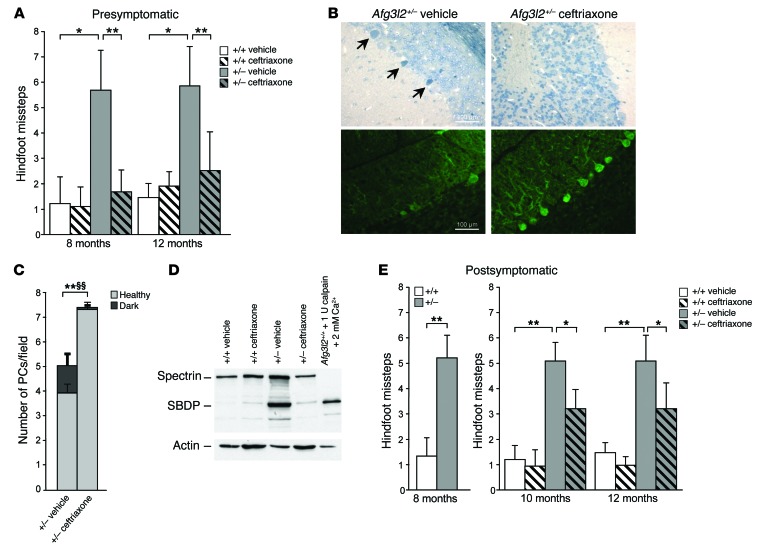Figure 6. Presymptomatic treatment with ceftriaxone rescues both motor symptoms and PC-DCD in SCA28 mice.
(A) Beam-walking test performed on Afg3l2+/– and WT mice treated with vehicle or ceftriaxone at presymptomatic stages. Data represent the mean ± SD of 4 independent tests; n = 15. *P < 0.05 and **P < 0.001 by Student’s t test. (B) Semithin (upper panels) and cryostat-cut sections (lower panels) of cerebellum from ceftriaxone-treated versus vehicle-treated Afg3l2+/– and WT mice at 8 months of age stained with toluidine blue and anti-calbindin Abs, respectively. Arrows indicate dark PCs. Scale bars: 100 μm. (C) Quantification of healthy and dark PCs in ceftriaxone-treated versus vehicle-treated Afg3l2+/– mice. Data represent the mean ± SD; n = 4. P < 0.001 by Student’s t test for both healthy (*) and dark (§) PCs. (D) WB analysis of cerebellar extracts from Afg3l2+/– and WT mice treated with vehicle or ceftriaxone using anti-spectrin Ab. A control cerebellar extract treated with 2 mM CaCl2 and 1 U calpain was used as a positive control. (E) Beam-walking test performed on Afg3l2+/– mice and their littermates at postsymptomatic stages (8 months) and after ceftriaxone treatment. Data represent the mean ± SD of 4 independent tests; n = 15. *P < 0.05 and **P < 0.001 by Student’s t test.

